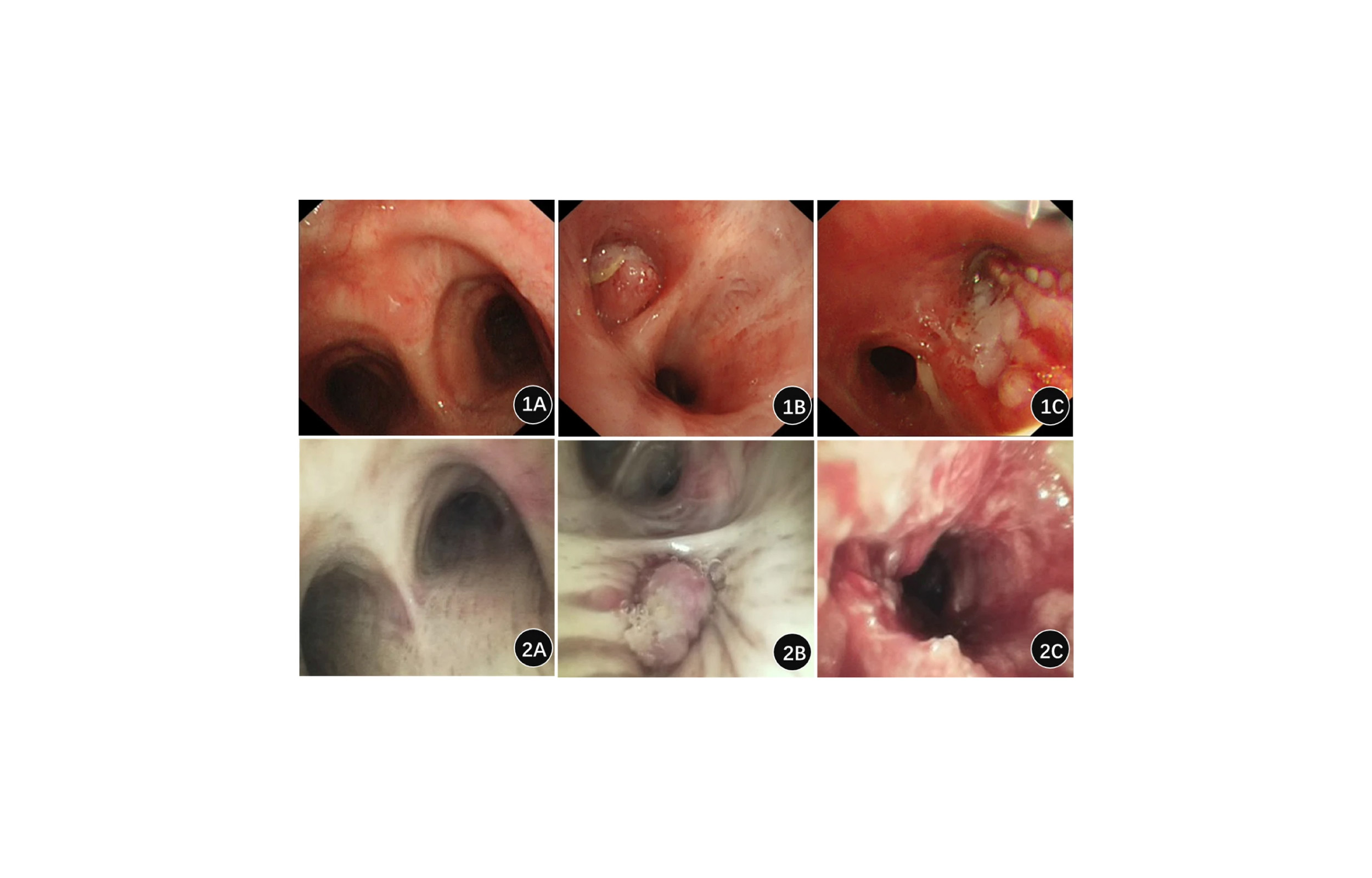
Swallowing therapy helps patients with locally advanced oral cancer to recover faster, assure food intake, and regain their quality of life, according to new research out of Taiwan.
The research by Wen-Hsuan Tseng, Tzu-Hsiang Li and others studied 104 patients between May 2018 to July 2020 to evaluate the impact of proactive swallowing rehabilitation.
The study incorporated fiberoptic endoscopic evaluation of swallowing (FEES) to assess how well patients could swallow.
Based on the research, 94 percent patients were free of tube feeding at 12 months but required a diet of special preparations or compensation. Safe swallowing was achieved in about 90 percent of the participants after six months with diet modification or other forms of compensation, the researchers write.
Among the study’s key findings:
“Patients who performed swallowing exercises had a faster and better recovery in swallowing function and swallowing-related quality of life,” the authors write.
The FEES procedure enables speech language pathologists or other clinicians to observe a patient’s swallowing reflex while they are eating or drinking.
Ambu recently expanded its access to more than 1 million ENT procedures for its single-use rhinolaryngoscope through its support of FEES tests in a variety of settings. The aScope 4 RhinoLaryngo Slim and aView 2 Advance HD monitor enable visual exams of patients suffering from dysphagia, post-extubation challenges, or other laryngeal issues, without the worry of endoscope availability, reprocessing, or large and cumbersome towers.


